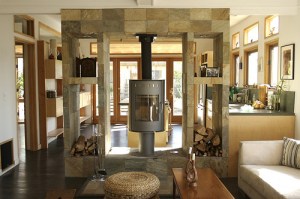 In my previous posts, we have covered How Interior Designers Work and How Interior Designers Charge. In this one, we are going to cover how pricing and markups work when your designer purchases products for your Scottsdale area home.
In my previous posts, we have covered How Interior Designers Work and How Interior Designers Charge. In this one, we are going to cover how pricing and markups work when your designer purchases products for your Scottsdale area home.
As previously discussed, design fees will vary from designer to designer. Understanding the mark-up of the products bears some explanation.
When it comes to designers purchasing for a project there is also some confusion on the consumers part. The general public is used to purchasing at a retail showroom therefore paying retail pricing. But what really is retail? Realistically, the retailer will base the price to the consumer at their cost plus whatever margins they need to make a profit to cover all their expenses: the building, the electricity, the employees, etc. That markup can vary from 150% to 275% above what they paid for the item. What is important to understand is that you can often find the same item in various showrooms at various prices…again, based on the expenses of the establishment.
Designers typically work from cost and build the markup in to cover their time for the administration of that order. In other words, once you sign a purchase agreement, the designer has to process the order, making sure all the bits and pieces get ordered properly, follow through with the factory during the manufacturing process, make sure it gets to a delivery warehouse and from there into your home. During the typical order timeframe there is quite a bit of tracking and follow through, just as it is with a retailer. However, the difference is in the calculation of markup and the fact that many designers do not have the overhead that a retail showroom does.
Some designers will work from retail and give a discount. Many times this is due to their not having access to wholesale pricing. Many manufacturers will not sell to independent designers because they are not buying volume. So, in this case, the designer will utilize a retail showroom and charge the hourly fee through the complete design process. I don’t personally care for this method because after being in retail for many years, I know the retail price is an inflated number. I firmly believe in full disclosure and that we, as design professionals, should not have any “hidden” costs.
I hope that this has helped you get a better understanding of how it works when a designer purchases products for your home for you. As always, you should ask any designers you are interviewing how they handle it to avoid any misunderstandings in the future.
More Information:
Robyn Randall, ASID
Designs by Robyn LLC
Email
Website: www.DesignsByRobyn.com
Twitter: @RobynASID


